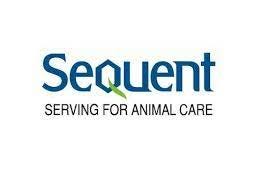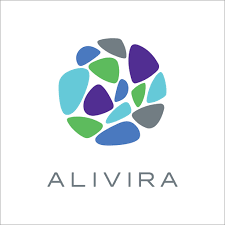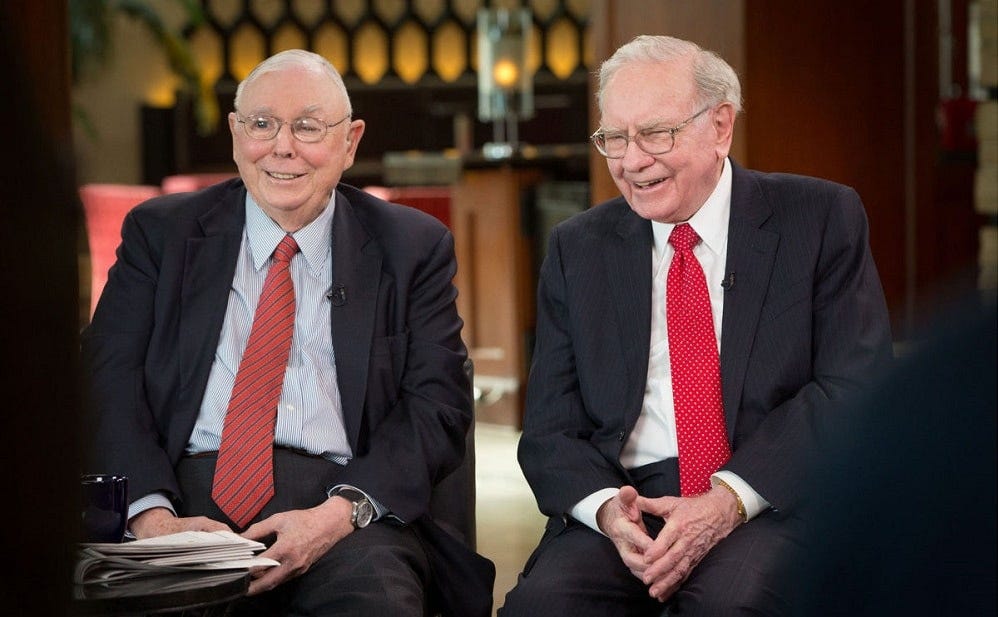SeQuent Scientific
Application of the potential energy / activation energy investment framework
Disclaimer: - I do not own shares in any business referred to in the post. Please do not construe this as investment advice. I love understanding business models and wrote this purely to share my thoughts.
The below article is my perception of the business, and the perception could be wrong.
In May 2020, at the height of the Covid pandemic, Carlyle PE acquired a majority stake in SeQuent Scientific from its erstwhile promoters. They bought the business for Rs. 1,587cr.
To set the context, SeQuent is the largest animal health player from India with the only FDA approved API plant in the country. It is a top 20 player globally and generates ~70% of revenues from formulations and remaining from APIs. It has 9 plants across countries like India, Turkey, Germany, Spain and Brazil. Regulated markets form two-thirds of the total revenues. Its stated goal is to become one of the largest animal health players in the world.
I was intrigued when I put the two together - here was a potential investment opportunity. Applying the framework from the the previous post on potential and activation energy, it seemed like there were necessary initial conditions. It seemed like there was potential energy, indicated by the position of SeQuent; and there was activation energy, as indicated by a global PE player coming in.
Below is an account of my research. One point to note here is that my analysis is purely based on the annual reports of SeQuent. I went through the annual reports from 1998 to 2022 (all annual reports are available on BSE). I did not speak to anyone in the company or in the value chain.
But before that, a small detour. I love analysing various businesses and teasing out patterns from various business models. There are few things that give me more joy than reading annual reports, researching businesses and thinking about various business models. But all this love for analysing business, does not translate to an ability to run one.
I cannot imagine what a founder goes through when he begins his journey of entrepreneurship - the uncertainty, the excitement, the agony of losses, etc. I am akin to a critic- someone who does not have the vision / talent to create a movie or music or any other art, but shares his opinion / judgment on someone who has done the hard work. At times, it pains me when I disagree with the decisions / strategies of a founder / management team - because I have never sat in their seat, and do not see/understand the choices in front of them.
As Emo Philips said - “Never judge someone until you've walked a mile in his shoes. That way, when you do judge him, you're a mile away and you have his shoes.”
But my job is to observe and make judgments - on whether to invest in a business or not. My job, as I see it, is to understand how things work in this beautiful world that we live in, tease out various patterns that have good odds of working, and figure out various patterns that might not have great odds.
With the detour done, let us now turn to the Origin Story of SeQuent Scientific.
Origin Stories are important. Just as the events and circumstances in the childhood of a person tend to shape his eventual personality and habits, the triumphs and tribulations early in the life of a company tend to be embedded as something akin to a mix of DNA and institutional character, and shape its personality over time.
On average, I find it very, very, very helpful to go through the history of the business - the farther in the past the better. It gives clues to the DNA and the institutional memory of the management and the business, which in some sense drive its behaviour in the future and determine its destiny.
A warning though. The origin story of SeQuent is quite complex- there is a lot of mergers, acquisitions and corporate restructurings.
The genesis of SeQuent was in PI Drugs & Pharma, a well run company focused only on the niche business (even more niche in 2000s) of animal APIs. It was the global leader in specific APIs and almost all the MNCs were its clients due to the high quality and low cost. The products manufactured were supposedly cheaper than Chinese competition in early 2000s. The company was in the right place at the right time in the sense that it was also helped by many molecules coming off-patent around the time. For a generic manufacturer, the number of molecules coming off patent is an important variable as it allows the company to implement its playbook - figure out better processes and manufacture at scale at a very cheap price.
In 2007, a new promoter took over PI Drugs (Ravishankar-> Strides Arcolab co-promoter) and thus began the company's diversification into human APIs. In 2009, PI Drugs was merged into SeQuent Scientific (a company which was into manufacturing of human APIs and fine chemicals). SeQuent was owned by Ravishankar and Arun Kumar of Strides group (they bought it in 2007). Ravishankar was appointed the CEO post the acquisition.
Post the acquisition, they renamed the company SeQuent Scientific and then began the empire building process in the right earnest. In 2009 (when PI and SeQuent was merged), acquisitions were made in Belgium, Italy and India, and a JV was formed in Netherlands. A year or so later, the Italian entity was in liquidation.
The company evolved from a pure API player to an integrated player in animal API, human API, specialty chemicals, vet formulations. The company also had goals of entering the CRAMS segment. At this time, the decision was also made to focus on the regulated markets for animal health as these were (and are) the largest markets globally. In addition to all this, the company also spent resources on manufacturing molecules which were one-off in nature - like swine flu.
At times, the strategy followed seems downright strange - in 2012, the best selling product was an anti-malarial API (one-third of revenues) which required a specific leaf traditionally imported from China / Vietnam. As a long-term strategy, SeQuent floated a dedicated subsidiary Elysian Life Sciences (Mauritius) Limited for the cultivation of these leaves in Africa, on account of favourable climate and economical cost. In effect, the company decided to go into backward integration into ……farming? In 2 years, this project was shelved, as it was considered non-core.
The company generated losses in 4 of the 5 years that Ravishankar was at the helm. He subsequently stepped down, and a new CEO was appointed who went about rationalising non-core projects, and focused the company on two segments - human APIs and animal API & formulation.
Under the new CEO from 2014, the company decided to subsidiarize the animal health vertical under a new brand name - Alivira - whose goal it would be to become one of the largest animal health companies in the world. This venture began as a JV with another promoter entity Shasun, but later was acquired entirely.
Then began another acquisition spree - this time targeted at the goal of becoming one of the largest animal health players in the world. In 2015 and 2016, SeQuent did 6 acquisitions (5 in animal and 1 in human, focused on women’s health) across Turkey, Brazil, India and Spain. The rationale was to become one of the largest animal health companies globally- plants and teams were acquired across the globe to buy access to various markets.
In another strange move, in the next year after they acquired human API company in 2016 (named Naari), it was decided to divest the company to the promoters as part of a broader corporate restructuring. The broader corporate restructuring involved combining the human API business of SeQuent with Strides' human API business to form Solara Active Pharma.
Thus SeQuent became a pure play animal health company - again. Recall that the genesis was PI Drugs, which was originally a pure play animal Pharma business.
In 2020, 2 months after Covid hit, SeQuent was sold by the promoters to Carlyle group for 1600cr.
Over the last few years (and now), SeQuent has extensively focused on becoming a formulations player in regulated markets from being a API heavy player in emerging markets. Formulations form 70% of revenues, and regulated markets form two-thirds of revenues.
Since 2009, the RoCE has been respectable (20% or above) in only one of the years. The growth in sales and acquisitions were achieved through heavy dilution over the years. Here is the extent of the dilution - a shareholder who bought a share for Rs. 12 in 2007 (Rs 28 in 2010), would have seen the price of the share appreciate to 72 today; in this period, the market cap went from 45cr (2007) to 310cr (2010) to 1800cr today.
There are a few patterns that lead me to believe the potential energy in the business might not be too high.
RoCE / RoE: High RoE / RoCE is a pre-condition for a self-sustaining business. High sustained returns on equity / capital employed implies the company in question is providing a useful service to the world while being compensated adequately for their efforts and at the same time, running an efficient operation. Since 2009, the company has generated losses in 8 years. The returns have been high only in 2 of the years since 2009.
A sustained low RoE / RoCE is the sign of a weak business, or in context of this post, low potential energy.
An uninspiring return on equity / capital is however a symptom. Using the symptom, let us diagnose the underlying causes. In the diagnosis, I try to use patterns of successes and failures in my observation in different businesses across industries.
Cost of operations: SeQuent's formative years is that of comfort and richness. The owners who came in around 2007-09 had a lot of wealth and they acquired companies as part of their journey to scale SeQuent. They primarily target regulated markets (which have high cost structures) and have plants across the globe (Germany, Brazil, Turkey, etc; again which have high cost structures).
They have the cost structure that come from a number of acquisitions - for example, post acquisition by Carlyle, the board has been revamped with stalwarts, and consultants were hired to reduce costs and figure out strategy. The previous CEO earned 11cr in the year before he quit. The general cost structure is high, and given the history and the present organisation design, in my view, it is practically impossible to reduce it.
An analogy would be to compare a person born with a silver spoon in his mouth, who grew up in great comfort with a generous pocket money. Now try to imagine the probability of such a person, in his latter years, turning around and following a frugal lifestyle. It is possible of course, but not probable.
In short, it is my hypothesis that SeQuent has a high cost structure. A higher cost structure is rarely an ingredient for success.
Leadership: SeQuent is seeing its third ownership and fourth CEO in the last 15 years. Given the Carlyle PE ownership, one can be sure, the entity would be sold in a few years (private equity companies are not known to own businesses for long).
The base rates (average experience) of a constant change of leadership and ownership is not great. A company is not a nimble horse, it is more like a large ship moving towards a destination. Constant change in the ownership can lead to constant change in the end-destination. This is not helpful.
Strategic focus / Organisation design: There has been constant chopping and changing of SeQuent’s organisational structure and strategic focus. While it began as an animal API player, it then went into fine chemical and human API as well, before exiting one and then more businesses.
The organisation has been designed to focus on formulation business- primarily in the regulated markets. As indicated in its annual reports, formulation business is a branded generic business where distribution strength and brand strength takes predominance. This is a very different game than an API sales - which requires relationship with the formulation manufacturers. Basically, by focusing on the formulation business, SeQuent competes with other formulation manufacturers, who are its clients for the API business.
Indian pharma success pattern: The largest and the best run Indian Pharma companies compete globally through cost, quality and R&D. The Indian ecosystem has great factories, great talent and gigantic scale - the companies leverage the same to provide high quality products at low cost. Almost all the wealth creators in the Indian pharma industry have majority of their assets (tangible and intangible) in India.
The base rates of established pharma businesses with India as the foundation is great. However, the base rates for success of a small pharma company with wide geographical presence across geographies with varying cost structures, is not great.
When we zoom out and evaluate SeQuent, it is a company with $175 million in sales (which is small in the context of pharma industry), with manufacturing locations across the world ranging from India, Turkey, Spain, Germany and Brazil. They also have separate R&D departments in multiple continents.
Turning back to the investment framework - the key foundation for the theme is the presence of high potential energy - which in business terms can be interpreted as good underlying quality or large value of underlying assets.
In that context, SeQuent's manufacturing assets, customer relationships, R&D IP and wide geographical presence is a major plus.
However, as Buffett / Munger said - avoid businesses with a lousy past, even if they promise a rosy future.
SeQuent's return metrics have been poor for 15 years. That does not give comfort. The cost structure seems high. The organisation structure and the strategic focus (given my amateurish understanding of businesses in general, and pharma industry in particular) do not inspire confidence. Overall, the odds do not seem great to me.
However, Carlyle is a great PE company and has a good history of running pharma businesses. It is quite possible that they create wealth for the shareholders by running SeQuent. Thus, as future evolves, I might end up being wrong and SeQuent might make money. But I would be quite comfortable in missing out on the opportunity given my assessment of the situation.
The End.







